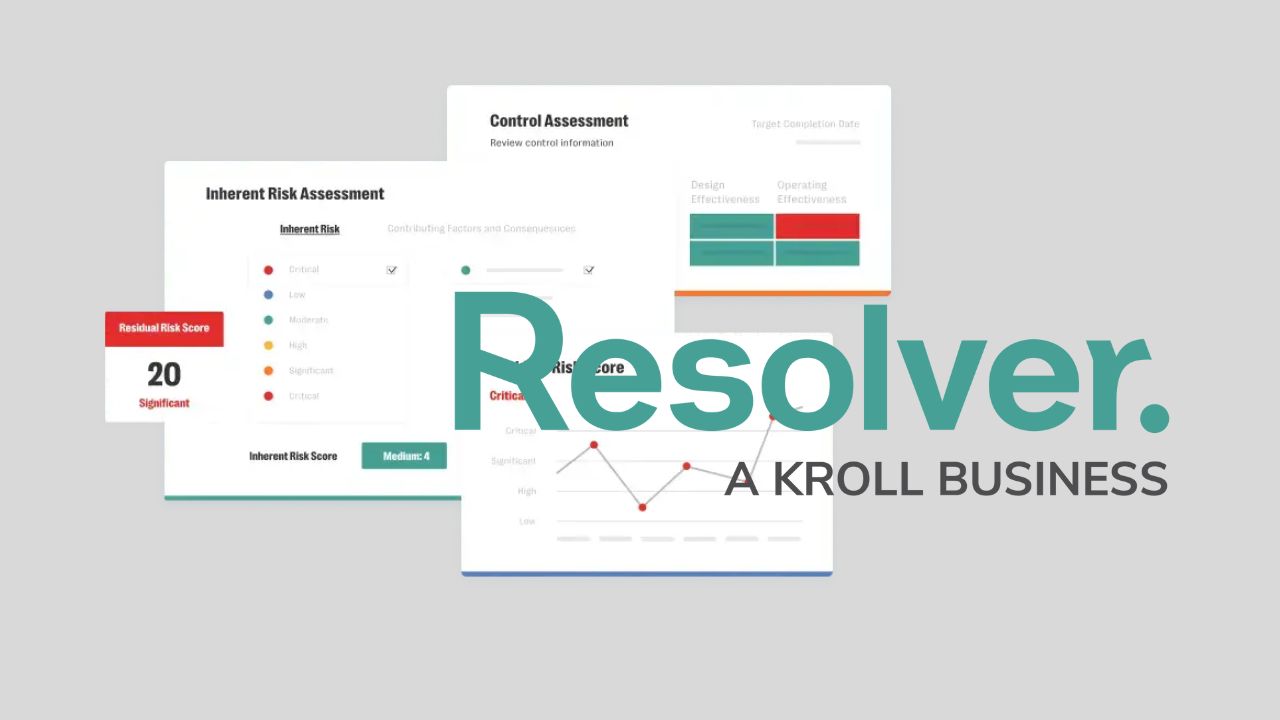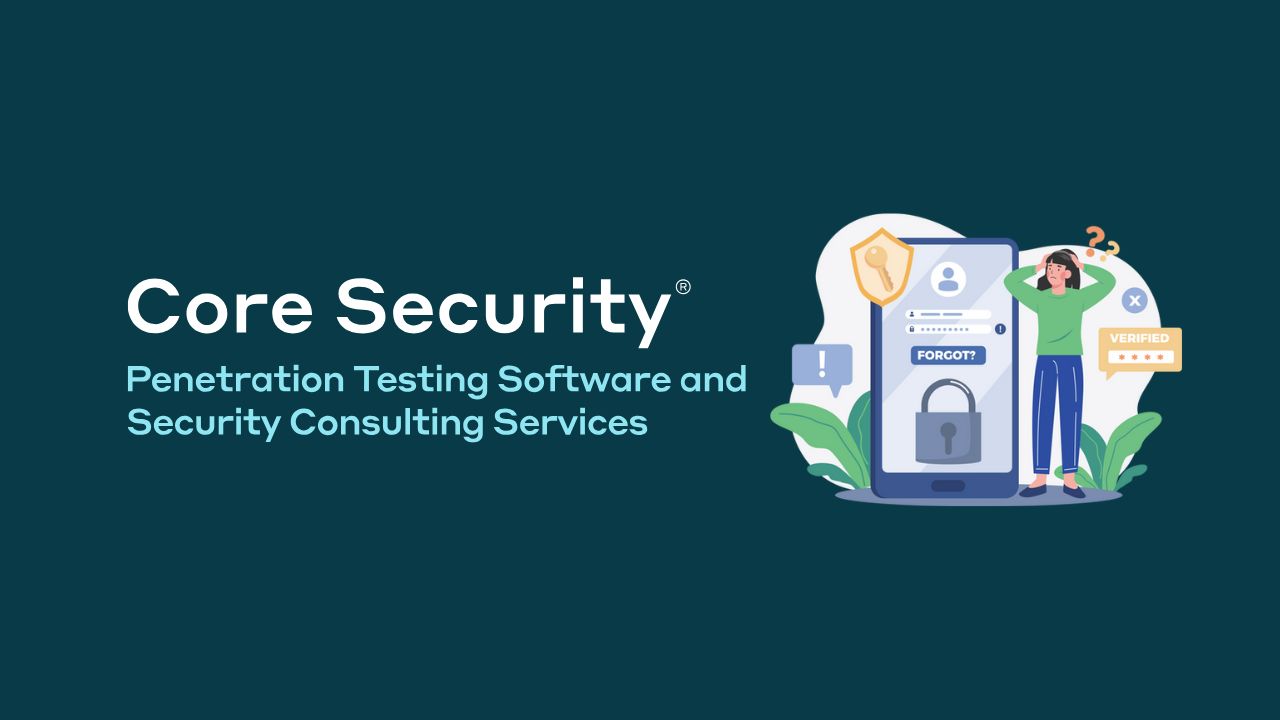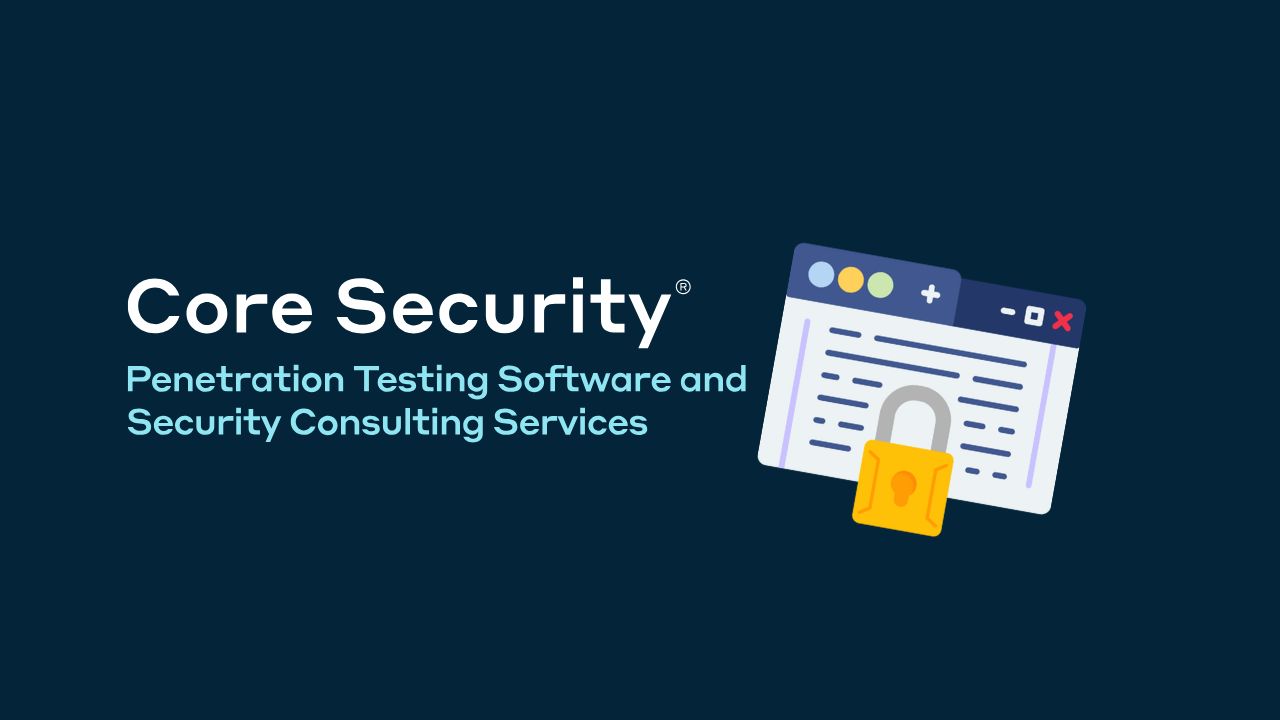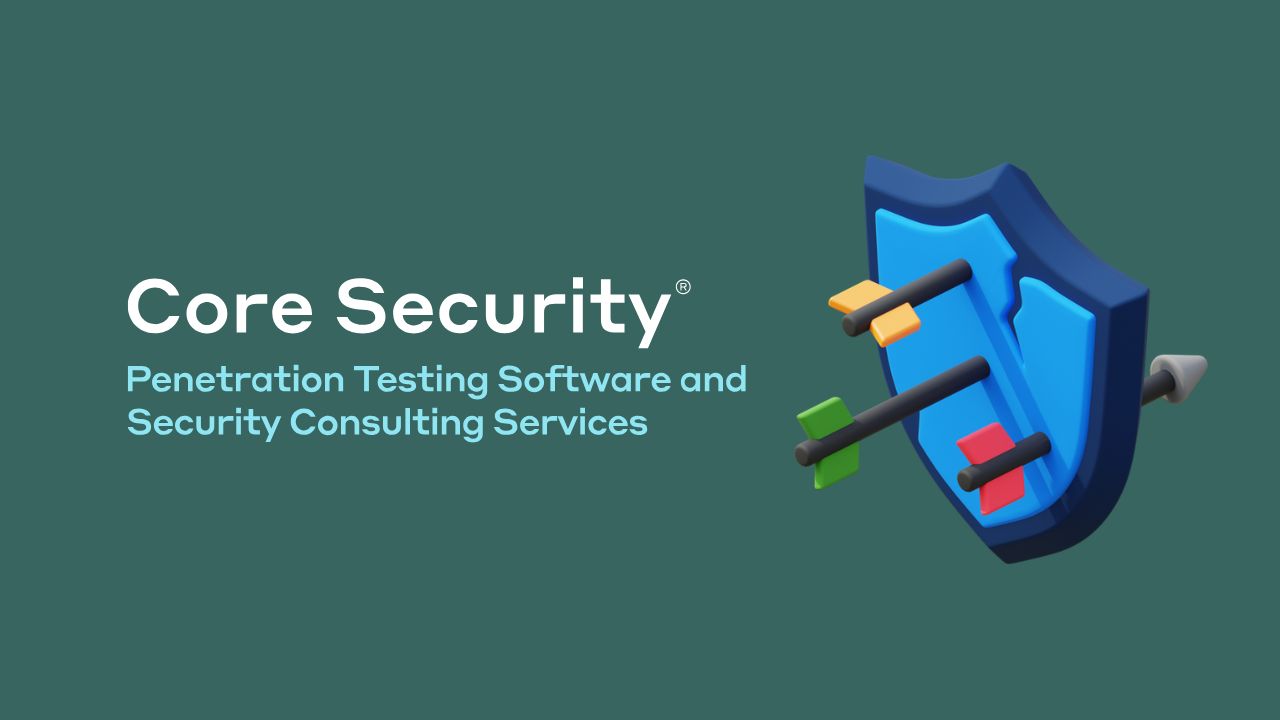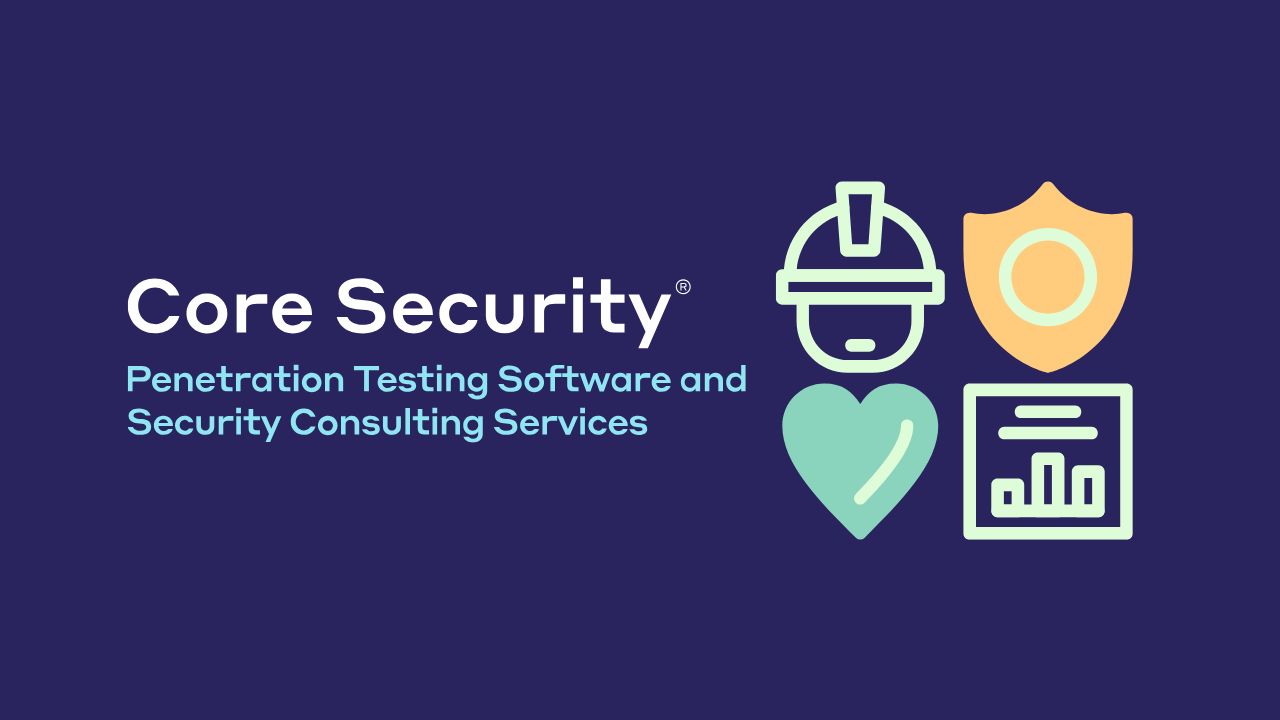IT Risk Management: Enhancing Efficiency and Compliance
In today’s digital landscape, organizations face an increasing number of risks related to information technology. With the rise of cyber threats and regulatory requirements, effective IT risk management has become essential. This article explores the key components of IT risk management and how organizations can strengthen their oversight, streamline compliance, and automate workflows.
Greater Efficiency through a Unified Platform
A cloud-based software platform allows organizations to centralize their IT risk data. By consolidating information, businesses can gain a high-level perspective based on accurate and relevant data. This approach not only reduces audit fatigue but also enables teams to allocate resources effectively. Transforming data into strategic decisions accelerates business goals, ensuring that organizations remain competitive in a rapidly evolving market.
Content Subscriptions for Continuous Updates
Access to predefined content libraries is crucial for maintaining compliance with various frameworks such as SOC 2 and ISO 27001. One-click access to ongoing updates ensures that organizations stay informed about the latest regulatory changes and best practices. This proactive approach to compliance management helps mitigate risks and fosters a culture of accountability within the organization.
Streamlined Compliance Management
Maintaining compliance can be a daunting task, but it doesn’t have to be. By utilizing a dedicated portal, organizations can design, plan, test, and report on operational effectiveness with ease. This streamlined process not only saves time but also enhances the overall effectiveness of compliance efforts.
Automating Workflow Management
Gathering evidence for compliance shouldn’t be a lengthy process. A risk and control owner portal facilitates seamless communication and collaboration among team members. Automated notifications and reminders ensure that deadlines are met, allowing organizations to focus on strategic initiatives rather than administrative tasks.
Eliminating Duplicate Efforts
One of the significant challenges in IT risk management is the duplication of efforts. Advanced software solutions automatically uncover shared controls and apply them across relevant frameworks. This capability allows organizations to achieve multiple certifications quickly and efficiently, reducing the time and resources spent on compliance.
Visualizing IT Risk
Effective risk management requires a comprehensive understanding of potential threats. By visualizing IT risk, organizations can better assess their vulnerabilities and develop targeted strategies to mitigate them. This proactive approach not only enhances security but also supports informed decision-making at all levels of the organization.
Conclusion: Stay in Control
In a world where IT risks are ever-present, having a robust risk management strategy is crucial. By leveraging advanced software solutions, organizations can enhance efficiency, streamline compliance, and automate workflows. This holistic approach not only helps businesses stay in control but also instills confidence in their ability to navigate the complexities of the digital landscape.
This article aims to provide insights into the importance of IT risk management and the benefits of utilizing a centralized software platform. By adopting these strategies, organizations can position themselves for success in an increasingly regulated environment.
IT risk management Framework pdf, IT risk management Framework template, IT risk management framework for banks, NIST Risk Management Framework, IT risk management process, IT risk management PDF, IT risk framework, IT risk framework COBIT
